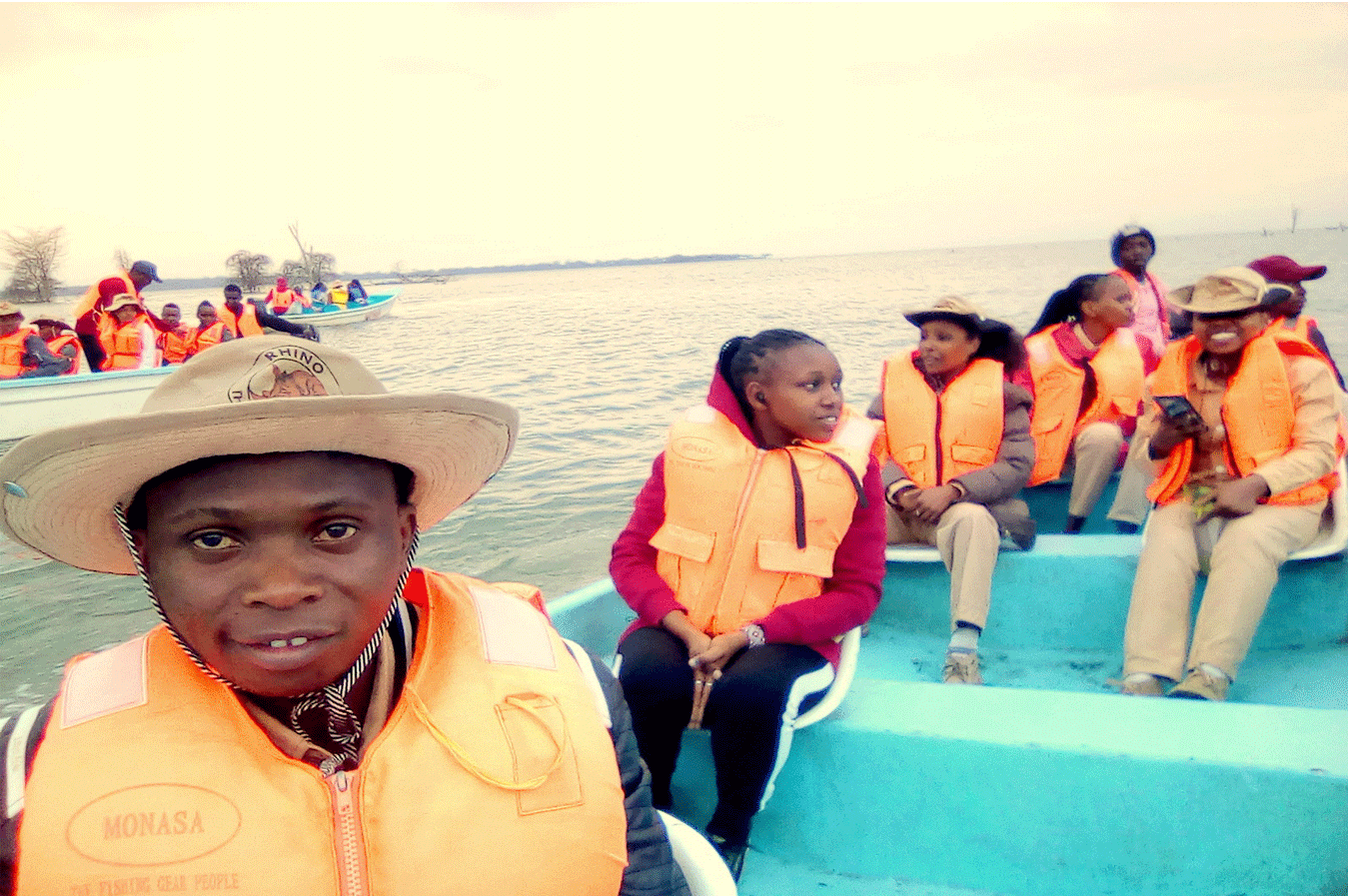Students at Starwan participate in many co curricular activities apart from the formal learning to make them all rounded. We have various student groups and clubs among them Christian Union,Catholic Action,Wildlife club,football club,Dancing club among others. To join us,fill this online admission form.
A massage therapy course provides training in various techniques and practices related to therapeutic massage. These courses are designed for individuals who wish to pursue a career in massage therapy or enhance their skills for personal or professional use. Here’s an overview of what a Starwan Technical massage course include:
Massage Course Overview
Objective: To train students in the techniques, principles, and practices of therapeutic massage, enabling them to offer professional massage services in various settings.
Key Topics Covered
1. Introduction to Massage Therapy
- Objective: Understand the fundamentals of massage therapy and its benefits.
- Topics:
- History and philosophy of massage therapy
- Overview of different types of massage
- Ethical and professional standards in massage therapy
2. Anatomy and Physiology
- Objective: Learn the structure and function of the human body relevant to massage therapy.
- Topics:
- Muscular and skeletal systems
- Circulatory and nervous systems
- Common injuries and disorders
3. Massage Techniques
- Objective: Master various massage techniques and their applications.
- Topics:
- Swedish Massage: Techniques for relaxation and improved circulation
- Deep Tissue Massage: Techniques for relieving deep-seated muscle tension
- Sports Massage: Techniques for improving athletic performance and recovery
- Aromatherapy: Use of essential oils in massage for therapeutic benefits
- Hot Stone Massage: Techniques using heated stones for relaxation
4. Client Assessment and Care
- Objective: Develop skills for evaluating and addressing client needs.
- Topics:
- Client consultation and intake procedures
- Identifying and addressing contraindications
- Creating individualized treatment plans
5. Practical Skills and Application
- Objective: Gain hands-on experience in performing massages.
- Topics:
- Hands-on practice of different massage techniques
- Use of massage equipment and tools
- Practicing on real clients under supervision
6. Health and Hygiene
- Objective: Understand the importance of maintaining a clean and safe practice environment.
- Topics:
- Hygiene practices for massage therapists
- Infection control and sanitation
- Setting up a massage workspace
7. Business Practices
- Objective: Learn about the business aspects of running a massage therapy practice.
- Topics:
- Marketing and client acquisition
- Managing a massage therapy business
- Legal and insurance considerations
Course Duration and Structure
- Duration: Typically ranges from a few months to a year, depending on the depth of the course and whether it is part-time or full-time.
- Format: Can include classroom instruction, practical hands-on training, and clinical practice.
Certification and Licensing
- Certification: Many courses offer certification upon completion, which can enhance credibility and job prospects.
- Licensing: Some regions may require massage therapists to obtain a license or certification from a regulatory body to practice professionally.
Career Opportunities
Graduates of massage courses can pursue various career paths, including:
- Licensed Massage Therapist
- Spa or Wellness Center Therapist
- Sports Massage Therapist
- Private Practice Owner
- Corporate Wellness Programs Provider
- Healthcare Facility Therapist
Massage therapy is a growing field with opportunities in diverse settings, including spas, clinics, sports teams, and private practices. Completing a massage course can provide the skills and knowledge needed to offer therapeutic services and build a successful career in this field.

